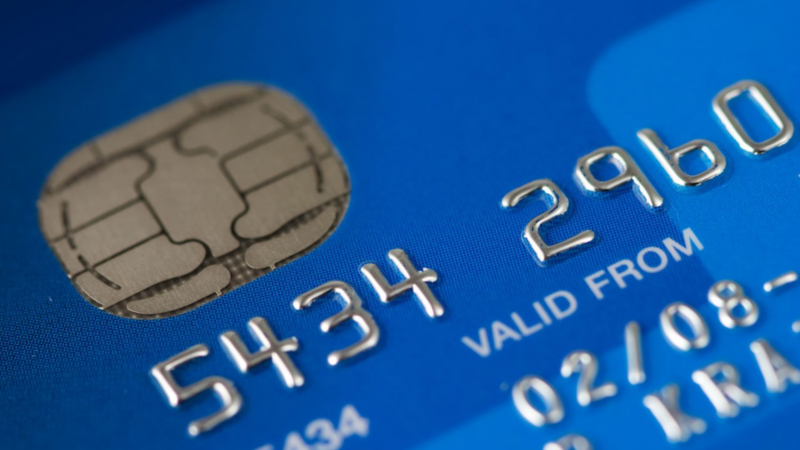
Consumer Spending and Consumer Debt
- July 26th, 2019
Consumer Spending and Consumer Debt
The United States’ Gross Domestic Product (GDP), the total value of all goods and services produced in the nation, has four major components:
A big change in any of these will alter economic activity and the rate of economic growth. For instance, in 1998, a financial crisis and an economic recession in most of Asia caused economists to lower their forecasts of the nation’s economic growth for the year. The reasoning was that a recession in Asia would reduce demand in Asian markets for U.S. exports. Although net exports declined (meaning higher trade deficits), American consumer spending increased. The economists’ low forecasts were not entirely accurate. U.S. exporters felt the pinch; U.S. retailers did not. Private consumption, or the personal expenditures of American consumers, is the largest of the four components of GDP. On average, it accounts for about 68 percent of total GDP annually. Total inflation-adjusted GDP and consumer expenditures in 1998 were $7.5 trillion and $5.2 trillion, respectively (in 1992 dollars). Put this way, in 1998 private consumption was 69.3 percent of GDP. However, the contribution of consumer expenditures to economic growth is actually even more important than these numbers indicate. In 1998 the U.S. economy grew by 3.9 percent. Consumer spending accounted for 85 percent of that growth. Consumer spending in 1998 was primarily fueled by a low inflation rate, strong job growth, strong housing demand, and to some extent the rise in stock market valuations. Energy, commodity, and import prices have been generally low. The economy’s strong job growth is reflected in the low unemployment rate. Housing demand is at an all-time high, and the stock market continues to exceed expectations. Consumer spending in 1998 increased by approximately five percent in real terms. Purchases of durable goods have been particularly surprising. Consumers increased their purchases of big-ticket items by more than 12 percent. However, the increase in consumer spending has been accompanied by high consumer debt levels and low savings rates. The savings rate dipped below zero percent and has remained at that level in recent months. Consumer outstanding credit reached $1.3 trillion (approximately 21 percent of total disposable income, or 15 percent of total nominal GDP) in 1998. Total household debt, |
which on average has increased by about $300 billion a year since 1990, increased by almost $450 billion in 1998. This increase raised total household debt to approximately $5.9 trillion, about 68 percent of GDP.The spending public does not seem to be worried about having more debt or less savings. Recent estimates of consumer confidence and expectations indicate no significant reversal in consumer spending is expected in the near future, and both indexes hit their historic highs in June of 1999. Despite a spending spree, the inflation rate at both wholesale and retail levels has remained in check, providing an added incentive for consumers to spend.
Implications for Alabama The high rate of consumer spending has been a significant factor in the state’s job growth during recent months. From 1997 to 1998, most of the job growth in Alabama was in the trade and services sectors. Retail and wholesale trade accounted for approximately 30 percent and services businesses accounted for about 50 percent of the 39,600 net new nonagricultural jobs created. In comparison, of the nation’s 3.1 million new nonagricultural jobs, the trade and services sectors accounted for approximately 19 percent and 48 percent, respectively. We can see that Alabama’s economy relies much more on retail trade for creating new jobs than does the U.S. economy. A sharp downturn in consumer spending would seriously affect the state’s job growth. According to a recent consumer survey published by the U.S. Department of Labor, average before-tax household income in the South was $35,691 in 1997. The same year, the average household in the South spent $32,226, or 90 percent of its income. One rule of thumb tells us that disposable income usually averages about 84 percent of total income. If in the South that number is 90 percent, it is evident that some Southerners are financing their purchases by sources other than household income. Southerners are spending their savings, or they are borrowing more heavily, to supplement their income. Although no slowdown in consumer spending is expected in the very near future, today’s spending levels cannot be sustained over the long run. Several things could happen. One scenario is that the Federal Reserve might notch the short-term interest rates higher if there are significant signs of increasing price pressures. An interest rate increase would likely reduce both consumer confidence and retail spending, particularly the part of spending being financed by consumer credit. Slower retail spending would surely retard Alabama’s job growth.
Ahmad Ijaz |
Percent Nonagricultural Job Growth in Alabama
from Retail and Wholesale Trade
Percent

Year
Source: Alabama Department of Industrial Relations and Center for
Business and Economic Research, The University of Alabama.
